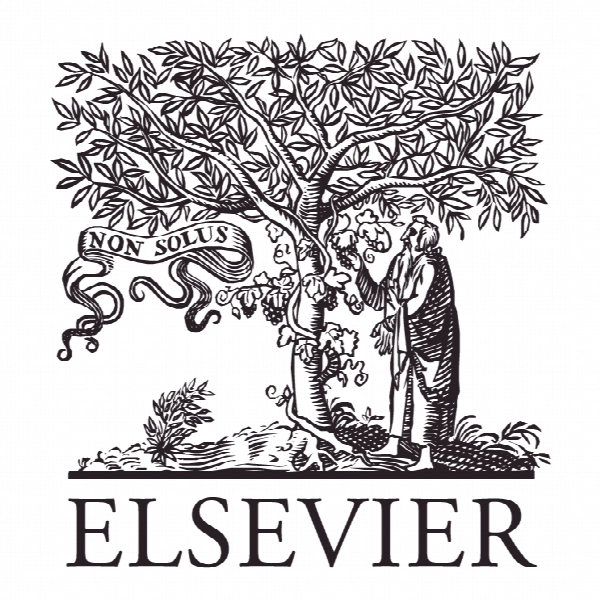ویژگی های سیمان کوره بلند (CEM III / A، B، C) بر اساس کلینکر سیمان پرتلند، سرباره انفجار و کوره های سیمان Properties of blastfurnace cements (CEM III/A, B, C) based on Portland cement clinker, blastfurnace slag and cement kiln dusts
- نوع فایل : کتاب
- زبان : انگلیسی
- ناشر : Elsevier
- چاپ و سال / کشور: 2018
توضیحات
رشته های مرتبط مهندسی عمران
گرایش های مرتبط سازه و مدیریت ساخت
مجله سیمان و کامپوزیت های بتنی – Cement and Concrete Composites
دانشگاه Faculty of Technology – University of Tuzla – Bosnia and Herzegovina
شناسه دیجیتال – doi https://doi.org/10.1016/j.cemconcomp.2018.05.006
منتشر شده در نشریه الزویر
کلمات کلیدی انگلیسی Blastfurnace cement (CEM III/A, B, C), GGBFS, CKDs, chemical and physical properties, mechanical strength, mortars
گرایش های مرتبط سازه و مدیریت ساخت
مجله سیمان و کامپوزیت های بتنی – Cement and Concrete Composites
دانشگاه Faculty of Technology – University of Tuzla – Bosnia and Herzegovina
شناسه دیجیتال – doi https://doi.org/10.1016/j.cemconcomp.2018.05.006
منتشر شده در نشریه الزویر
کلمات کلیدی انگلیسی Blastfurnace cement (CEM III/A, B, C), GGBFS, CKDs, chemical and physical properties, mechanical strength, mortars
Description
1. Introduction Ground granulated blastfurnace slag (GGBFS), obtained as a by-product in the production of metallic iron, is granulated, rapidly cooled, and therefore predominantly glassy, basic slag. The slag contains the same oxides (SiO2, Al2O3, CaO) that make up Portland cement but in different proportions. According to the European cements standard EN 197-1, at least two16 thirds of the slag by mass must be glass and the mass ratio (CaO+MgO)/SiO2 must also be greater than 1.0 [1]. The latent hydraulic properties of slag are activated in the presence of cement clinker, sulphates or calcium hydroxide (but other alkaline substances are also effective). With all activators, the calcium silicate hydrate or C−S−H phase is produced as the hydration product which governs the hardening. Clinker activation is used in the manufacture of Portland slag cements and blastfurnace cement, and sulphate activation in the manufacture of super sulphate cement. Generally, the rate of hardening of slag cement is somewhat slower than that of ordinary Portland cement (OPC) during the first 28 days, but increases thereafter so that at 12 months the strength becomes close to or even exceeds that of OPC [2]. GGBFS can be used as a direct replacement for OPC on one-to-one basis by mass. Replacement rates for GGBFS vary from 30 mass % to up to 85 mass %. In general, up to 50 mass % GGBFS is used in most applications. However, higher replacement rates up to 85 mass % GGBFS are used in special applications either to improve the durability of concrete in aggressive environments or to reduce heat of hydration in massive concrete structures [3]. Nowadays the GGBFS is most widely used as the main constituent to produce high-performance Portland cement blends that are more economical and environmentally friendly. The EN 197-1 differentiates some main categories of cements containing different proportions of GGBFS, i.e., Portland slag cement (CEM II), Blastfurnace cement (CEM III) and Composite cement (CEM V). The Portland slag cement type (CEM II) exists in two classes designated as CEM II/A–S and CEM II/B–S in which the maximum content of GGBFS is and 35 mass %, 12 respectively. There are two classes of Composite cements CEM V designated as CEM V/A and CEM V/B in which, in addition to cement clinker and pozzolana, the maximum content of GGBFS is 30 and 50 mass %, respectively. Blastfurnace cements CEM III (where CEM III is the designation for three types of blastfurnace cements A, B and C), in addition to Portland cement clinker, contain between 36 and 95 mass % of GGBFS with subdivisions at 66−80 mass % of GGBFS [1]. Table 1 shows the composition of three types of blastfurnace cements (BFSC).


